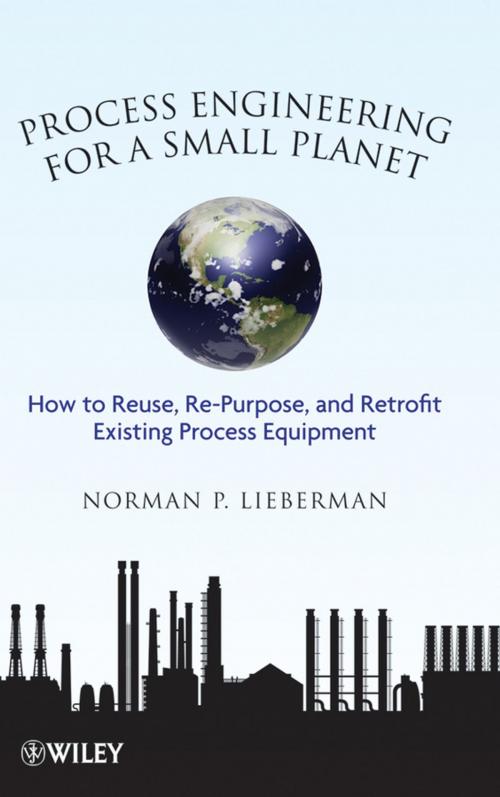Process Engineering for a Small Planet
How to Reuse, Re-Purpose, and Retrofit Existing Process Equipment
Nonfiction, Science & Nature, Technology, Engineering, Chemical & Biochemical| Author: | Norman P. Lieberman | ISBN: | 9781118060254 |
| Publisher: | Wiley | Publication: | February 25, 2011 |
| Imprint: | Wiley | Language: | English |
| Author: | Norman P. Lieberman |
| ISBN: | 9781118060254 |
| Publisher: | Wiley |
| Publication: | February 25, 2011 |
| Imprint: | Wiley |
| Language: | English |
Methods for more planet-friendly process engineering
Our earth is just one big, complex Process Facility with limited air, water, and mineral resources. It responds to a number of process variables—among them, humanity and the environmental effects of our carbon consumption. What can professionals in the Hydrocarbon Process Industry do to retard environmental degradation? Rather than looking to exotic technology for solutions, Process Engineering for a Small Planet details ready-at-hand methods that the process engineer can employ to help combat the environmental crisis.
Drawing from the author's professional experience working with petroleum refineries petroleum refineries, petrochemical plants, and natural gas wells, this handbook explains how to operate and retrofit process facilities to:
- Reuse existing process equipment
- Save energy
- Reduce greenhouse gas emissions
- Expand plant capacity without installing new equipment
- Reduce corrosion and equipment failures
Covering topics from expanding fractionator and compressor capacity and vacuum tower heater expansion to minimizing process water consumption and increasing centrifugal pump capacity, Process Engineering for a Small Planet offers big ideas for saving our small planet.
Methods for more planet-friendly process engineering
Our earth is just one big, complex Process Facility with limited air, water, and mineral resources. It responds to a number of process variables—among them, humanity and the environmental effects of our carbon consumption. What can professionals in the Hydrocarbon Process Industry do to retard environmental degradation? Rather than looking to exotic technology for solutions, Process Engineering for a Small Planet details ready-at-hand methods that the process engineer can employ to help combat the environmental crisis.
Drawing from the author's professional experience working with petroleum refineries petroleum refineries, petrochemical plants, and natural gas wells, this handbook explains how to operate and retrofit process facilities to:
- Reuse existing process equipment
- Save energy
- Reduce greenhouse gas emissions
- Expand plant capacity without installing new equipment
- Reduce corrosion and equipment failures
Covering topics from expanding fractionator and compressor capacity and vacuum tower heater expansion to minimizing process water consumption and increasing centrifugal pump capacity, Process Engineering for a Small Planet offers big ideas for saving our small planet.















